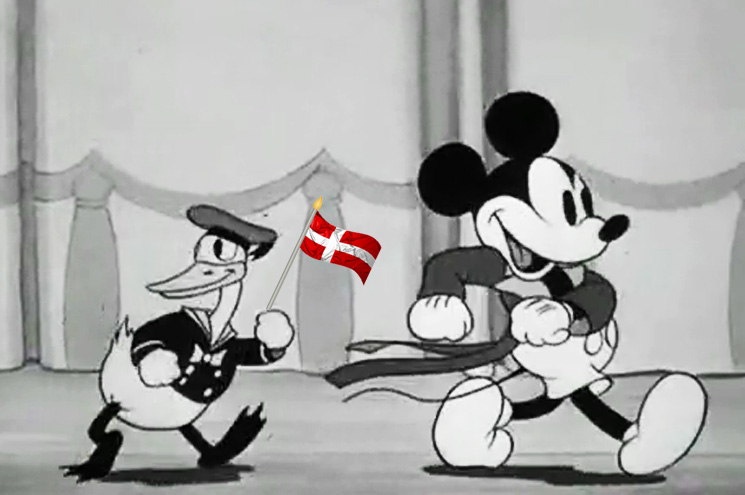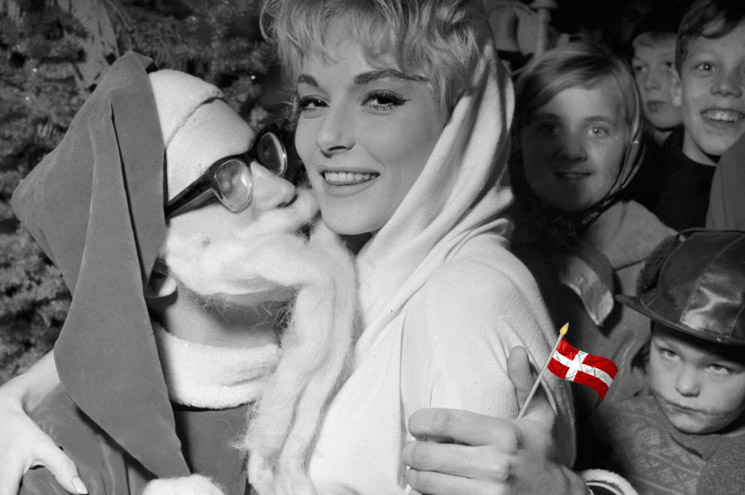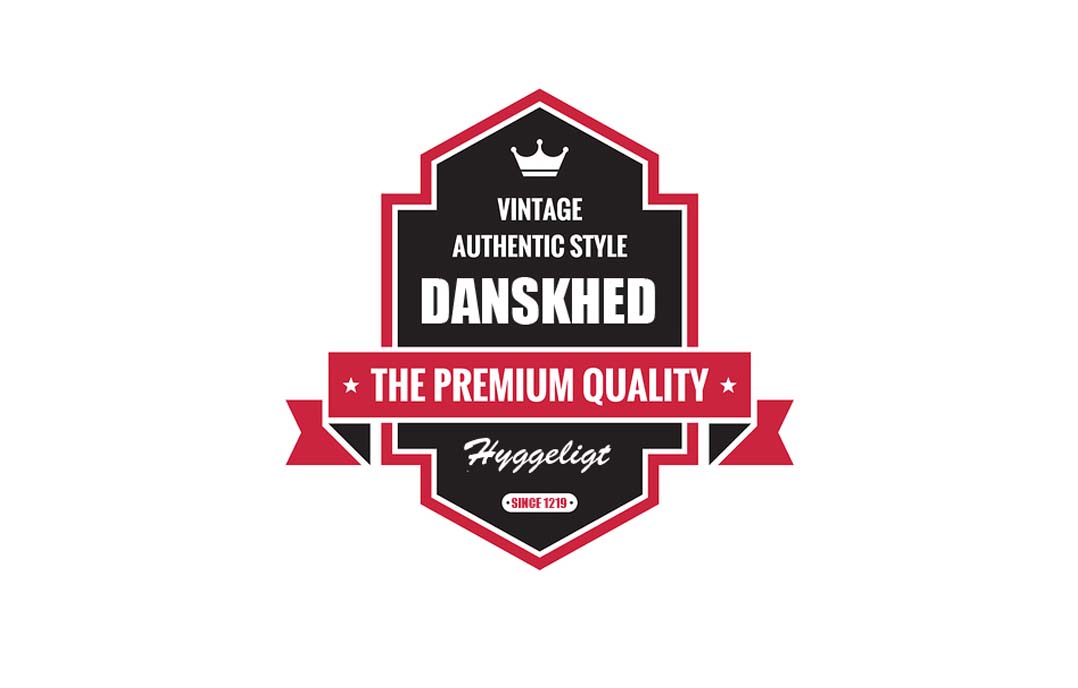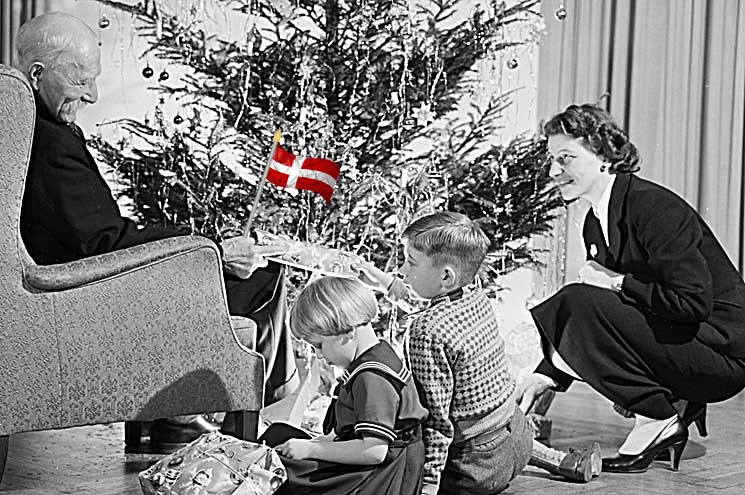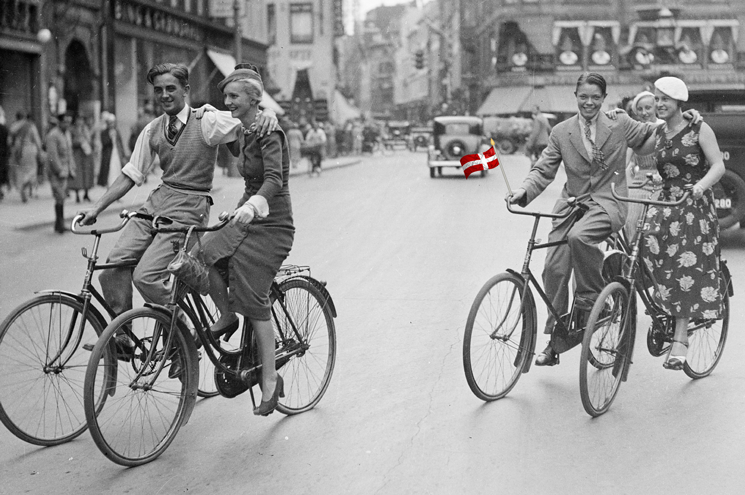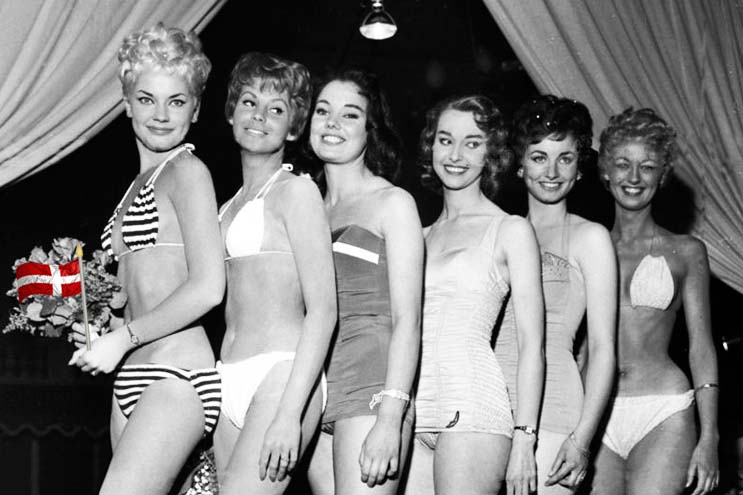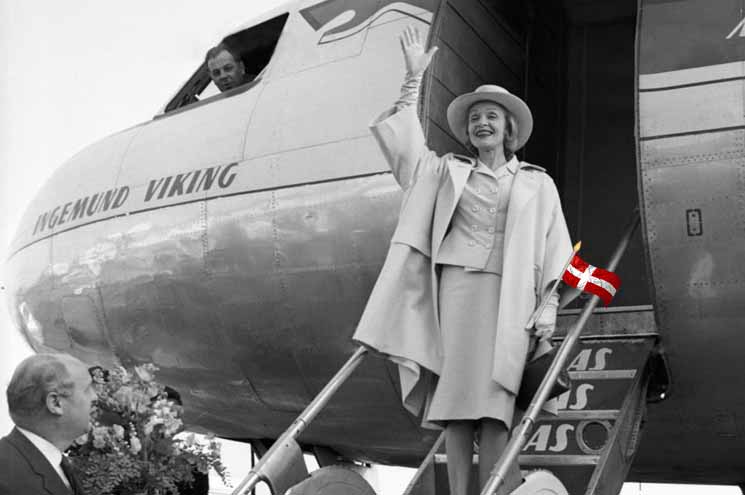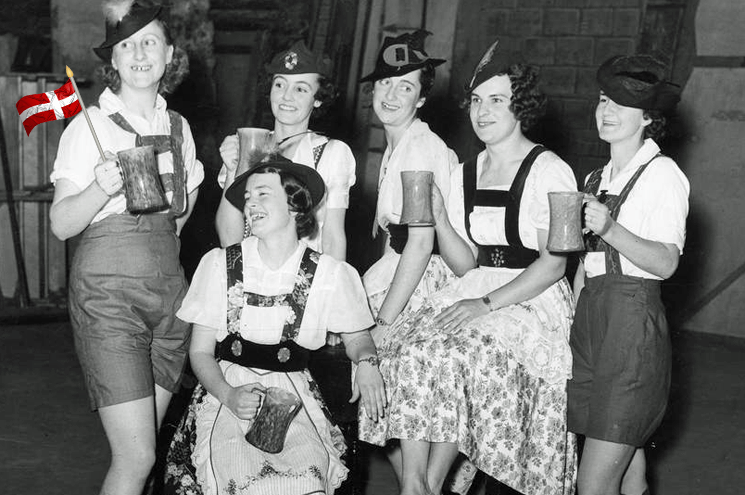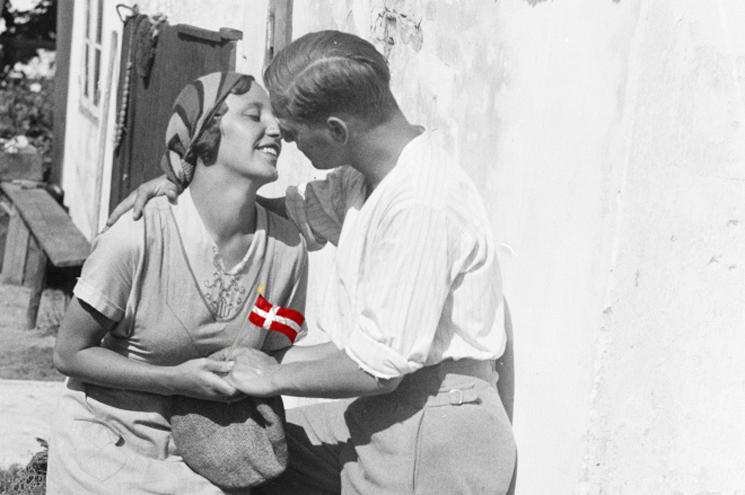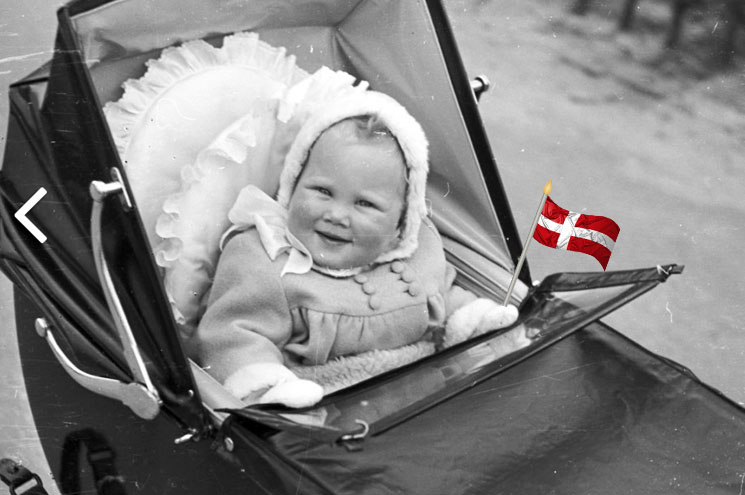Whenever I hear that Denmark is the happiest country in the world, I think of Donald Duck.
Donald Duck is extremely popular in Denmark, as he is in all Nordic countries. He is much more popular than Mickey Mouse. He even has his own Danish name – Anders And. Which means, basically, Anders the Duck.
I don’t know how much you know about Disney characters, but Donald Duck – or Anders Duck – is kind of a second-class citizen. While Mickey Mouse is the perfect gentleman, outgoing and take charge, the face of Disney, Donald is lazy. He likes to come up with clever ways to avoid work, or avoid any exercise whatsoever. He’s often short-tempered, and jealous of Mickey.
Donald Duck is an underdog, and Danes identify with the underdog. They identify with the idea of low expectations, and then being pleasantly surprised when things turn out well.
This is the secret to Danish happiness. While Americans might identify with bright, happy Mickey, there’s a lot of room for disappointment if your bright, happy plans don’t work out the way you hoped they would.

